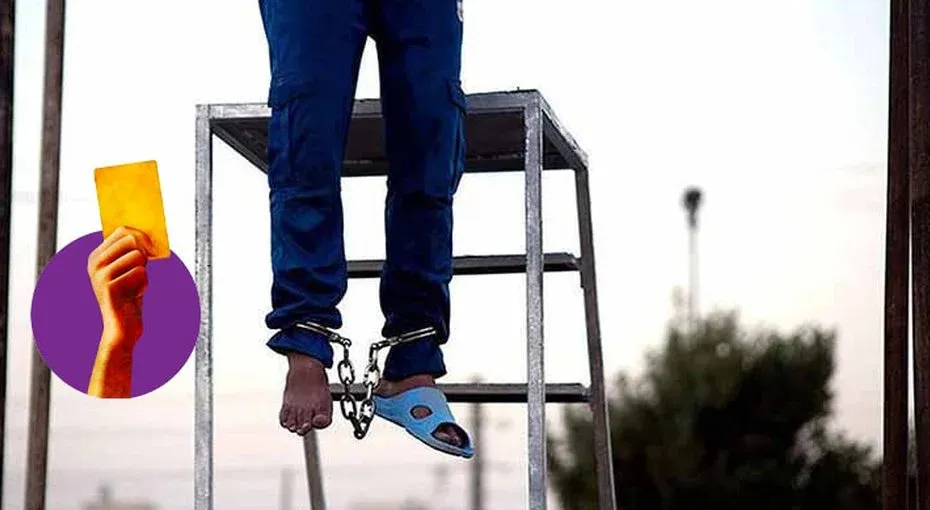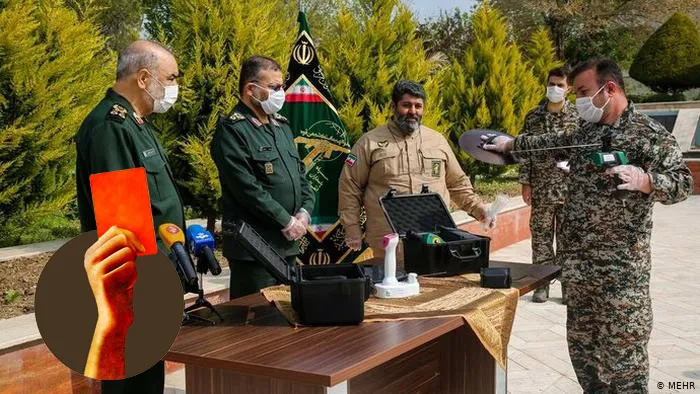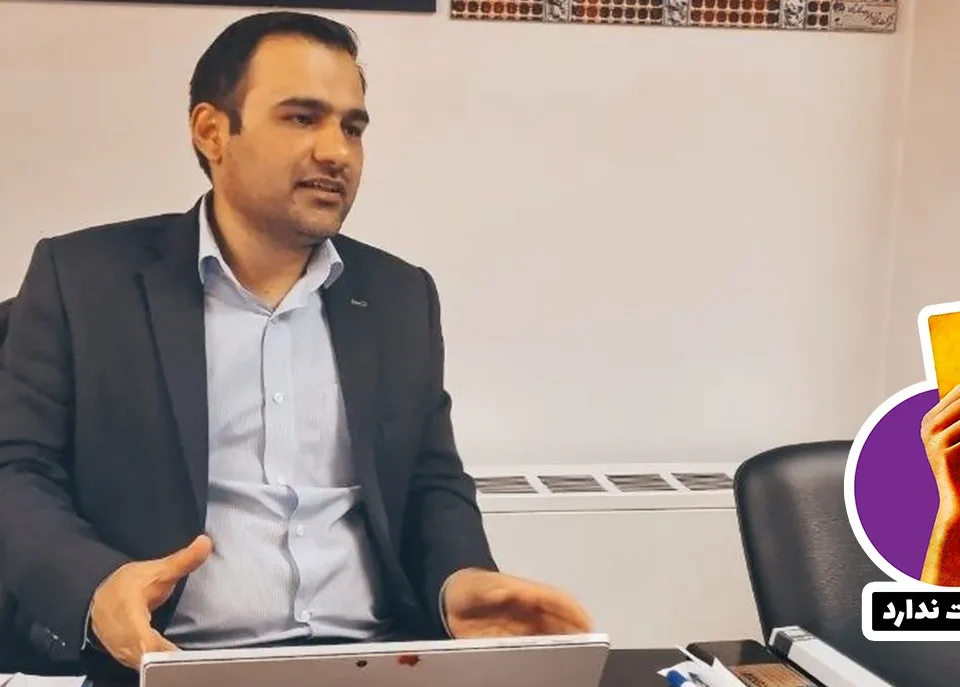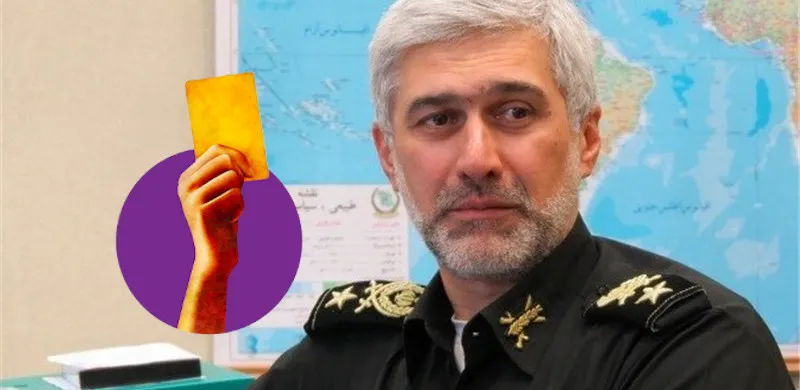
Fact Check: Is Iran Among Top Six Countries in Water Technology?
June 16, 2023
Fact Check: How Big of a Lie is the Guards’ Coronavirus Detector?
June 16, 2023“The child criminals executed in Iran were all 17-year-olds, not five- or six-year-olds,” Majid Tafreshi, deputy director of international affairs at Iran’s Human Rights Headquarters, recently claimed.
“When we talk about child criminals, we do not mean five- or six-year-olds,” he said in an interview. “We usually talk about 17-year-olds, who the court has confirmed are [to be treated as] adults.”
Tafreshi also claimed that the Human Rights Headquarters shows considerable clemency, granting an annual amnesty to 96 percent of defendants under the age of 18. According to him, Iran, with a population of 25 million, executes three or four people under the age of 18 each year. This, Tafreshi says, does not constitute a violation of human rights.
So are 17-year-olds considered to be children under Iranian law? Is the execution of children in Iran restricted to 17-year-olds? Is it true that no other children face execution in the Islamic Republic? Are 96 percent of children sentenced to death pardoned? Does the number of executions of children Iran carries out amount to human rights violations?
Looking at the evidence, IranWire attempts to answer these questions.
The Age of Criminal Responsibility in Iran
According to Iran’s Child and Adolescent Protection Law, passed in 2020, all persons under the age of 18 are considered to be children and fall under this legislation’s mandate.
The execution of children under the age of 18 is prohibited under Article 5 of the 1966 Convention on Civil and Political Rights, to which Iran is a signatory. The law states: “The death sentence shall not be issued for crimes committed by persons under the age of 18 and shall not apply to pregnant women.”
The United Nations Convention on the Rights of the Child, which Iran ratified in 1994 on a conditional basis, prohibits the death penalty and life imprisonment for children under 18 years of age.
In addition, the Islamic Republic has accepted the age of 18 as the age of criminal responsibility in ta’zir punishments under Islamic law. However, when it comes to Islamic law’s handling of hudud [crimes against God] and qisas [retribution], the religious age is recognized as the”age of growth”.
Article 91 of the Islamic Penal Code, amended in 2013, states: “In crimes involving hudud or qisas, if an individual under the age of 18 does not understand or appreciate the sanctity of the nature of the crime committed, or if there is doubt about their maturity, they will be convicted according to their age and according to this article of the law. The court may inquire and ask for the opinion of a legal medical examiner, or pursue in any other way it deems appropriate to determine the maturity of the person in question.”
Therefore, according to both Iranian domestic and international law, the age of 18 years officially marks the end of childhood, and any person under the age of 18 is considered a child. An exception exists in Iran solely for crimes of hudud and qisas, whereupon it can be determined by a doctor from the Legal Medicine Organization whether or not an individual has reached maturity and holds criminal responsibility.
Executed Child Criminals in Iran: How Old Are They?
The deputy of Iran’s Human Rights Headquarters claims that the executed children have all been 17-year-olds. And yet, studies show that many of the children executed were under the age of 17 when they committed the crime for which they were later found guilty.
The latest example is Bahaodin Ghasemzadeh, who was handed over to a death squad in Urmia Prison on the morning of Sunday, July 4, 2021. At the time he committed the crime he was killed for he was only 15 years old.
The Abdorrahman Boroumand Foundation is one of several human rights organizations that monitors executions in Iran, including those of children. The foundation publishes comprehensive information on the execution of children on its website demonstrating that the execution of children in Iran is not restricted to 17-year-olds; rather, many of those executed were under the age of 17, some of them younger than 15.
What Percentage of Children Sentenced to Death Were Pardoned?
Majid Tafreshi claims that with the intervention of the Human Rights Headquarters, 96 percent of children sentenced to death benefit from amnesty every year and/or are saved from execution on appeal to the victim’s family. There is no evidence to support or disprove this claim; the only conclusions possible are drawn from the statistics on child executions.
According to the Human Rights Organization of Iran’s 13th annual report, published on March 30, 2021, in 2020, a total of 267 people were executed in Iran, including four children. Accordingly, if four children were executed and 96 percent of children facing execution were granted clemency, then a total of 100 death sentences were issued to children — 96 of whom were granted amnesty and four of whom were executed. However, the data collected by human rights organizations on executions in Iran does not corroborate this figure.
Human Rights Abuses
According to Article 21 of the Constitution of the Islamic Republic, all Iranian citizens enjoy human, political, social, economic and cultural rights. Therefore, a violation of the rights of any human being is a human rights violation. Numbers are not the determining factor in the matter.
Under international law, the execution of one person can constitute a human rights violation; so can the execution of 100 people. But when systematic and widespread violations occur, these violations are classified as “crimes against humanity,” which carry many legal burdens, including the obligation for nations to intervene and stop violence against human beings.
The International Criminal Court’s Rome Statute defines as one of 11 acts “when committed as part of a widespread or systematic attack directed against any civilian population, with knowledge of the attack”. These include murder, extermination, torture, and “persecution against any identifiable group or collectivity on political, racial, national, ethnic, cultural, religious, gender… or other grounds.”
Conclusion
Majid Tafreshi, the deputy international affairs officer for the Human Rights Headquarters of the Islamic Republic of Iran, claims: “The child criminals executed in Iran were 17-year-olds, not five- or six-year-olds.”
In the same interview, he claimed that the Human Rights Headquarters grants amnesty to 96 percent of defendants under the age of 18. He stated that in Iran, with a population of 25 million, there were three or four executions a year of individuals aged under 18 and this did not constitute a violation of human rights. IranWire reviewed these statements and established the following:
1- The execution of children in Iran is not restricted to 17-year-olds. Many children who have faced execution in recent years have committed crimes under the age of 17, according to court figures. According to data provided by the court, the most recent case of a child being executed took place on Sunday, July 4, 2021, in Urmia Prison, resulting in the death of Bahaodin Ghasemzadeh, who had committed a crime when under the age of 15.
2- There is no evidence to refute or prove the amnesty claim regarding 96 percent of the children sentenced to death. However, the execution of four children in 2020 indicates that this claim should mean the issuance of 100 death sentences for children this year, which is not reflected in the news.
3- Regarding the violation of human rights, numbers are not determining factors; rather, according to domestic and international law, all human beings are entitled tohuman rights, and it is the duty of governments to ensure that the rights of all members of society are respected.
Therefore, IranWire awards the badge of “not true” to the claim made by Majid Tafreshi, deputy director for international affairs of the Human Rights Headquarters of the Islamic Republic of Iran, that “the child criminals executed in Iran were 17-year-olds, not five- or six-year-olds.”
Not true: A false statement about a specific new event or something that has not been proven to be true before, using existing facts and evidence.
You can find out more about our fact-checking methodology here.




